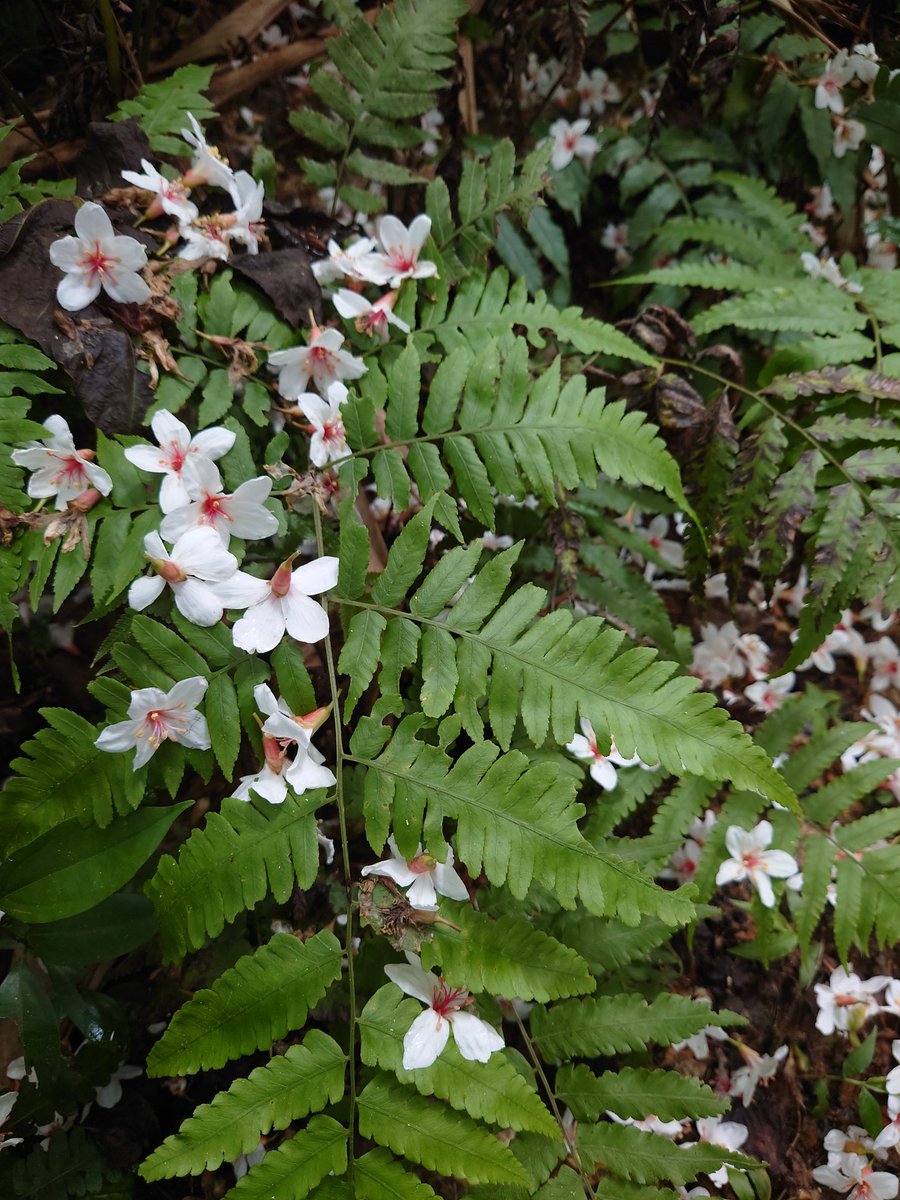First guy was disposed in a coup by this guy, who wowed the group with his bold "ridge theory". An hour later... 

We had to have a radical strategic realignment of objectives and one more coup. But finally we made it back to civilization. Score one for female leadership! 

• • •
Missing some Tweet in this thread? You can try to
force a refresh





























